Blog
Blog
25th Annual Meeting: A Live Update!
Author: Hannah Etlin-Stein
Another year, another IADMS Annual Meeting - this one celebrating the 25th anniversary of IADMS!
Read ArticleLearn, Share, Develop: The IADMS Clinical Experience Raffle
As summer fades, as the leaves drop from the trees, and as the nights draw in (well, in the northern hemisphere anyway) this is one of my favourite times of the year. Not because the winter is coming or that one starts planning end of year festivities but because it's the time for the annual meeting of the International Association for Dance Medicine & Science. To facilitate ... sharing of knowledge, 14 clinical experiences have been sourced with internationally respected clinicians offering to spend quality one on one time with lucky individuals.
Read ArticleStudent Events at the 2015 Annual Meeting
The 25th Annual Meeting is fast approaching and the Student Committee is hosting and facilitating many exciting events for student members this year. The Student Social is an informal event, which will allow for students (21+) to connect in a relaxed environment the night before the Annual Meeting begins. A session for anyone interested in publishing is also on the schedule, hosted by the committee and presented by Jeffrey Russell (PhD, AT, Athens, Ohio, USA). Dr. Russell will be talking about his personal experiences with publishing research, highlighting specific challenges and discussing strategies to overcome each. As a part of our mission to drive connections between students and professionals, a Networking Session is one of our most anticipated events for the meeting. Students will have an opportunity to interact with many professionals in a variety of areas of Dance Medicine & Science including physiotherapists, educators, physicians, and researchers.
Read ArticleA Young Dancer's Guide: What every young dancer needs to know about injury prevention and rehabilitation: Video from the 2014 Annual Meeting
Presented by Bobby Bernstein
Dance today is an athletically strenuous art form and many young dancers suffer from injuries. My co-author, Nancy Kadel, MD, and I have many insights into why these injuries commonly occur and how they can be prevented. The focus of this blog is on cross training for young dancers, one of the most important topics we discuss in “A Young Dancer's Guide: What every young dancer needs to know about injury prevention and rehabilitation”.
Read ArticleWhat Dancers and Dance Teachers Need to Know about Motor Development, Motor Control, and Motor Learning: Part I
Authors: Donna Krasnow and Virginia Wilmerding
Dance training is at the heart of the art form of dance. All dancers can recall the teachers who had tremendous influence on their growth as young dancers and artists. The science known as motor behavior is having a stronger voice in helping teachers and dancers develop to the top level of their skills and artistry. Motor behavior is an umbrella term that represents three areas: motor development, motor control, and motor learning. This is the first of three posts that will describe these areas of motor behavior, and explain how teachers and dancers can benefit from this knowledge. This post will cover motor development.
Read ArticleWhat Dancers and Dance Teachers Need to Know about Motor Development, Motor Control, and Motor Learning: Part II
Authors: Donna Krasnow and Virginia Wilmerding
This is the second of three posts looking at the field of motor behavior and its impact on dance training. This post will deal with motor control. Motor control is the study of the nervous system, that is, the brain and all of the nerve cells communicating with the body, and how this system organizes and guides the muscles to create coordinate movement. It also explains how the senses such as vision and hearing, as well as information from the environment, are used to accomplish movement. The study of motor control can yield valuable tools for the dancer and the teacher.
Read ArticleWhat Dancers and Dance Teachers Need to Know about Motor Development, Motor Control, and Motor Learning: Part III
Authors: Donna Krasnow and Virginia Wilmerding
This is the third of three posts looking at the field of motor behavior and its impact on dance training. This post will deal with motor learning, which looks at the changes in motor skills caused by experience and practice, rather than development as described in a previous post. These changes can only be observed by changes in performance and are relatively permanent. This area of motor behavior is probably the most useful for dancers and teachers.
Read ArticleCreating the Annual “picture”
The Annual Meeting is the highlight of the IADMS calendar. The Program Committee (PC) has the complex task of piecing together the various jigsaw puzzle pieces in order to produce a scientific conference that is both educational and enticing. The committee is made up of four long standing IADMS members: Ginny Wilmerding, Marika Molnar, David Weiss and Alexander McKinven. The mix of professions, nationalities, backgrounds and personal interests means that each of us has a unique perspective on how the Annual Meeting should evolve. Every Annual Meeting has its own character, with many variables, but the PC strives to develop each one and make it even better than the last.
Read ArticleDancers - More Power To You!: Video from the 2014 Annual Meeting
Presented by: Jatin P. Ambegaonkar
Watching a dancer perform can be breathtaking and fun. Being a dancer is hard! This is because dancer’s movements often involve jumping and landing. To safely perform these explosive movements, dancers need good power in their lower body (Lower Body Power - LBP). Understandably, 70% of all dance-related injuries are to the lower body. Dancers are also supposed to have better balance than non-dancers. In athletics, sprinters with better strength and power and balance have better performance. In modern dance, aesthetic performance and jump ability are positively correlated to each other. However, research investigating potential interrelationships between LB power and balance among dancers is lacking.
Read ArticleA Welcome Message from the 2015 Annual Meeting Host Committee: Top 10 things to do on your trip to Pittsburgh
Author: Andrea Kozai on behalf of the Host Committee
The Host Committee for the 25th Annual Meeting is incredibly excited to welcome you to Pittsburgh, Pennsylvania! Pittsburgh is a beautiful metropolis in the heart of Steel Country, and has transformed itself from an industrial powerhouse of yesteryear to a vibrant economy based in technology, medicine, and academics. There is lots to do and see, so we thought it would be helpful to share a list of our favorite parts of this city.
Read Article- IADMS 34th Annual Conference - Experience Point of View: Jennifer Milner
- IADMS 34th Annual Conference - Experience Point of View: Joanna Nicholas
- IADMS 34th Annual Conference - Experience Point of View: Erika Mayall
- Beginning ASL for Medical Students & Health Practitioners
- Relative Energy Deficiency in Dance
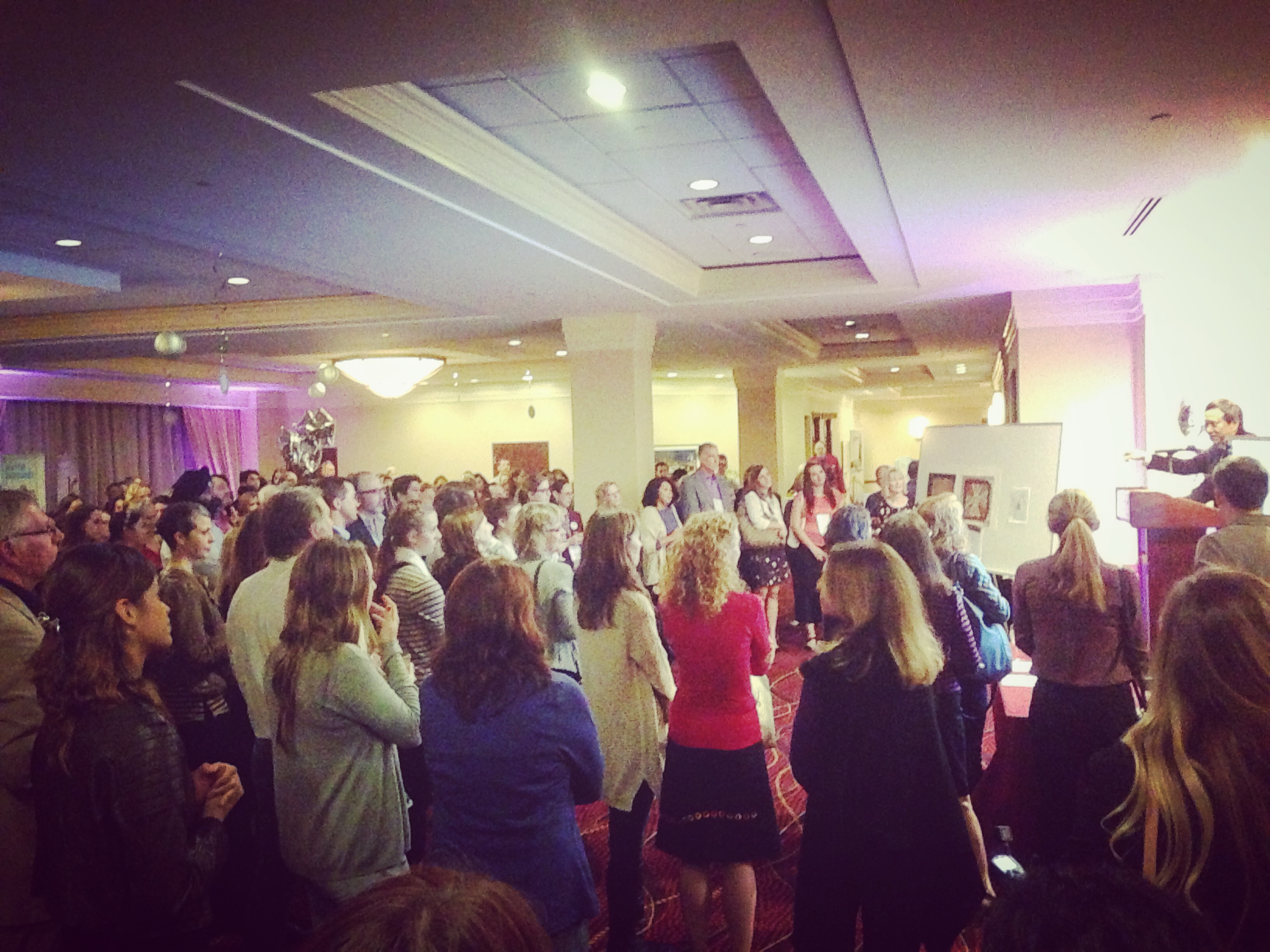
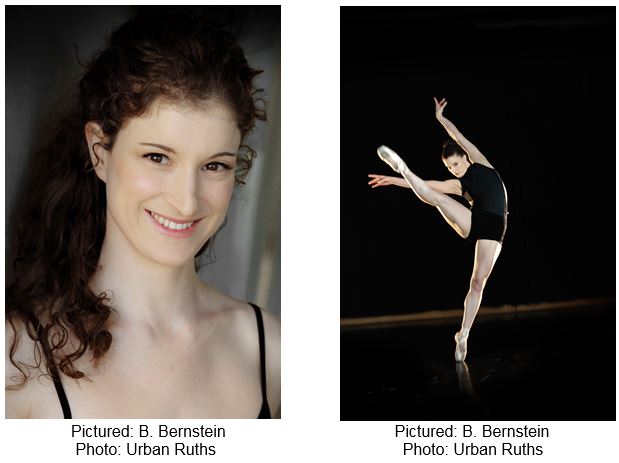
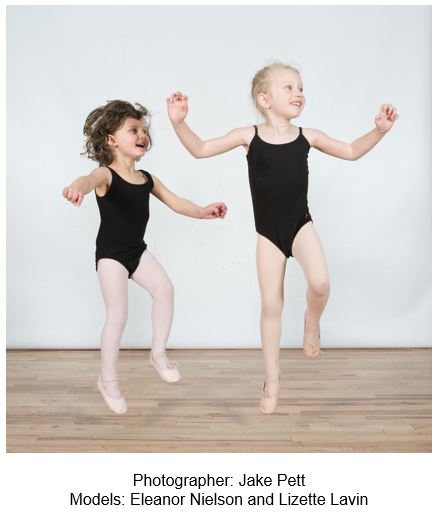
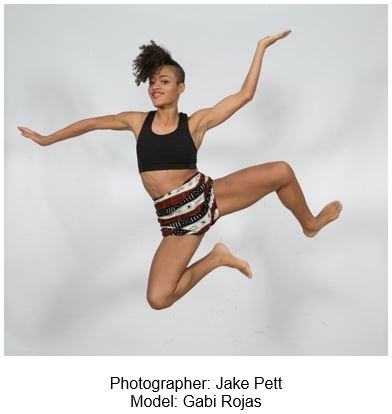
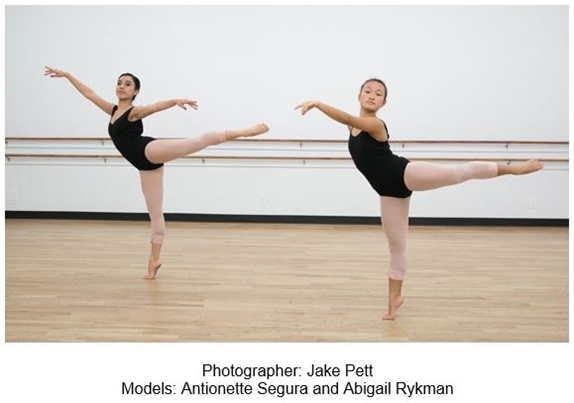
 BACK
BACK